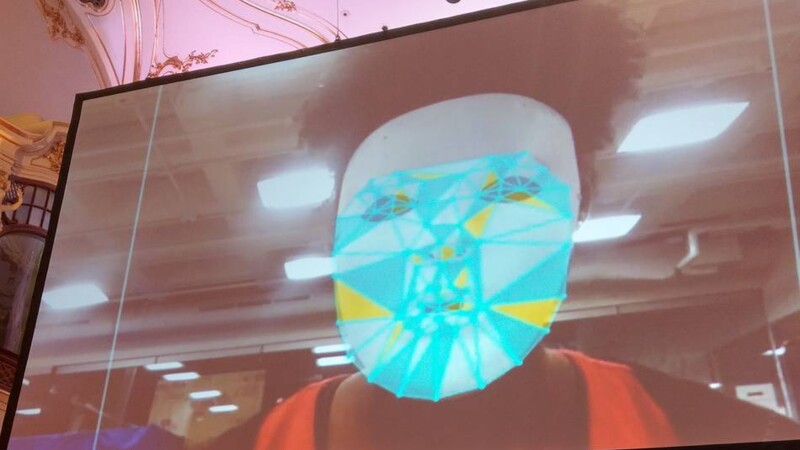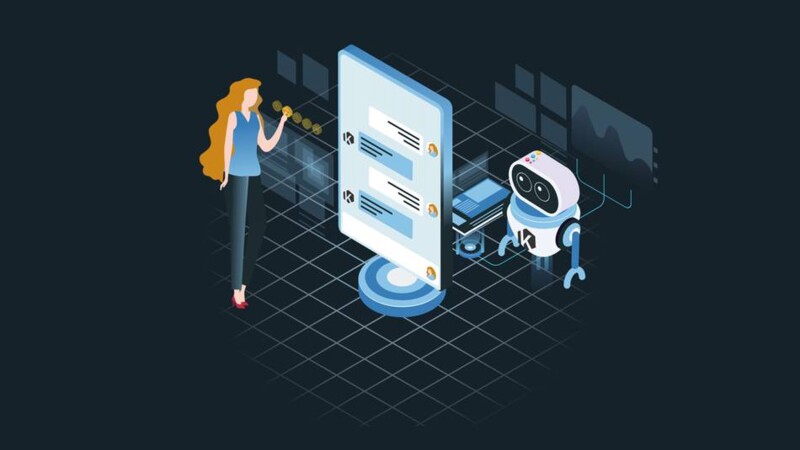Progress in autonomous driving is being made not only in Silicon Valley. For 20 years now, the Hamburg-based Ibeo Automotive Systems GmbH has been developing laser scanner sensors or lidar sensors and software tools such as measurement technology and object recognition technology. Lidar (Light Detection And Ranging) systems emit laser pulses and then evaluate the light reflected by other cars, cyclists or pedestrians, but also road markings or crash barriers. Software calculates the speed, position and size or shape of the objects from the light propagation time, i.e. the time it takes for the laser pulse to reflect. Several lidar sensors in combination allow a complete 360-degree view.
Sensors and software can transform an ordinary vehicle into an intelligent, autonomous, robotic car. The car in turn communicates with other vehicles and infrastructure such as traffic lights or parking lots. However, this requires the exchange of enormous amounts of data in very short periods of time. This poses one the greatest challenges en route to autonomously navigating complex environments. Now, all kinds of tests are being conducted on roads around Silicon Valley to determine when a robotic car can master a traffic situation autonomously and when the driver’s intervention is required.
Lidar technology from Hamburg
Combined sensors, radar, cameras and algorithms
“Our technology creates a very detailed image of reality; it not only recognizes an obstacle, but also its height and width. The Lidar systems are able to withstand environmental influences such as brightness, rain or snow,” said Martin Krähling, 34, Head of the Autonomous Driving Group at Ibeo Automotive Systems. “Public transport is very complex, which is why a combination of sensors, radar and cameras is required, as well as appropriate software that performs mathematical modelling and makes the necessary decisions,” he added.
Hundreds of thousands of tests
At present, systems in autonomous vehicles can cope with most traffic situations, said Krähling. However, complex situations e.g. when a child suddenly jumps out onto the road from in between parked cars or when another driver does not yield right of way, still pose challenges to autonomous driving. So before robotic cars actually become reality on Hamburg’s streets, “proof must be furnished that the system is always correct. This validation requires simulations of many hundreds of thousands of test kilometres.”

Decisions based on artificial intelligence
Artificial intelligence (AI) can form the basis of appropriate behaviour. Krähling noted: “There are two main approaches. On the one hand, there is the classic AI approach, in which all rules are implemented in the system, and on the other hand, machine learning. In this case, the system independently derives rules after it has been trained on huge amounts of data in many different driving situations.” Yet, autonomous driving is not only about controlling the vehicle and the traffic situation itself. A bus driver, for instance, has to make and enforce decisions during accidents, emergency situations and react to the behaviour of passengers. “This has to be regulated for driverless people movers as well,” Krähling added.
Fewer accidents and more efficient traffic
And when can we expect robotic cars to hit Hamburg’s roads? “Maybe in the mid 2020s,” said Krähling. The introduction of autonomous vehicles would have several advantages such as significantly reduced number of accidents, more efficient traffic flows and fewer cars in general thanks to shared mobility. “Robotic cars can become enablers. They enable us to develop promising mobility concepts for the future.”
HEAT: Autonomous operation by ITS World Congress 2021
The Hamburg Electric Autonomous Transport project is just one example of forward-looking mobility. From summer 2019, the integration of “autonomous shuttles” will be developed, tested and implemented in various phases on a test track in HafenCity. The zero-emission electric buses offer space for 16 passengers and run at a top speed of 50 km/h. The route leads through nine stops, 12 traffic lights and has eight changes of direction. The vehicles are equipped with sensors, cameras and radar, which are networked with the infrastructure installed on the route – sensor elements and digital communication systems. The goal is entirely autonomous operation – without a vehicle attendant – in time for the ITS World Congress which Hamburg is hosting in 2021.
ys/pb
Sources and further information
More
Similar articles

Find the perfect employee with artificial intelligence

Darvis using cameras and AI to "make walls talk"

